One of the major forces in the budding Russian contemporary art scene, Margarita Pushkina is the Founding Director of an important contemporary art fair in Russia – Cosmoscow International Contemporary Art Fair. Well educated/travelled/dressed and entrepreneurial, she is also known for shaping various corporate art collections in Russia.
LARRY’S LIST has spoken with Margarita Pushkina, who shared about how a rare neon work by Tracey Emin could make her sign a cheque without hesitation, one of her most treasured works, her motivation for setting up Cosmoscow, as well as its way forward.
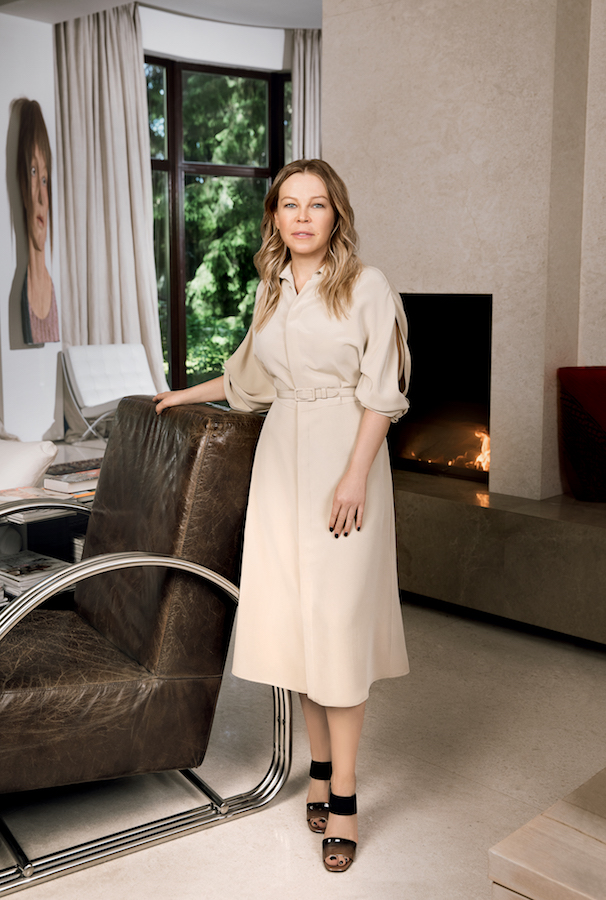
Collecting
What made you want to start collecting art? What is the main motivation behind your collecting?
I started collecting in the 1990s. At some point, I realized that I was interested in contemporary art. As it turned out, my further activity was related to my passion. I have been publishing a magazine and handling contemporary art collection of a bank. I visited a lot of fairs and biennials. It was then that I realized that contemporary art requires a wide expertise and a deep knowledge. You have to watch, read, communicate and show some enthusiasm. At some point, I realized that I had a point of view shared by people whom I respect. From that moment on, I realized that I had the right to choose. I do not understand people who never doubt their taste. Now, even if certain art does not interest me at first, I’m eager to spend time and energy trying to figure out why.
When did you fall in love with a piece of art? What was it?
Falling in love with art is important, but I believe it is not enough. The desire to buy comes from an emotional impulse, but it is necessary to do your homework – study the biography and portfolio of the artists you like, consult professionals, and meet the artists if possible.

What is your focus regarding the artists in your collection? Are you more interested in emerging or renowned artists?
I consider my collection as a reflection of the development of my own taste, an illustration of my own life. It features works by contemporary Russian and international artists, both established and emerging ones. I have works by Tracey Emin, Vik Muniz, Evan Penny, Eileen Quinlan, Stephan Balkenhol, Dexter Dalwood, Hans Op de Beeck, Semyon Faibisovich, Mikhail Roginsky, Pavel Pepperstein, Dubossarsky-Vinogradov duet, among others.
Is there any particular type of art that has consistently attracted you, or anything that unites all the works you have acquired?
Recently, thanks to the Cosmoscow Fair that I found and organize – this September it is going to be the 7thedition – I concentrate myself on younger generation of Russian artists that we, at our Fair, try to promote and develop, together with Cosmoscow Foundation that I established in 2017. I sympathize artists that take part in our non-commercial programme of the Fair, try to buy at the Fair as I like the programme of galleries that are selected by our Expert Committee. In this sense, due to my professional activity, I feel very diverse and free, I buy what I like.
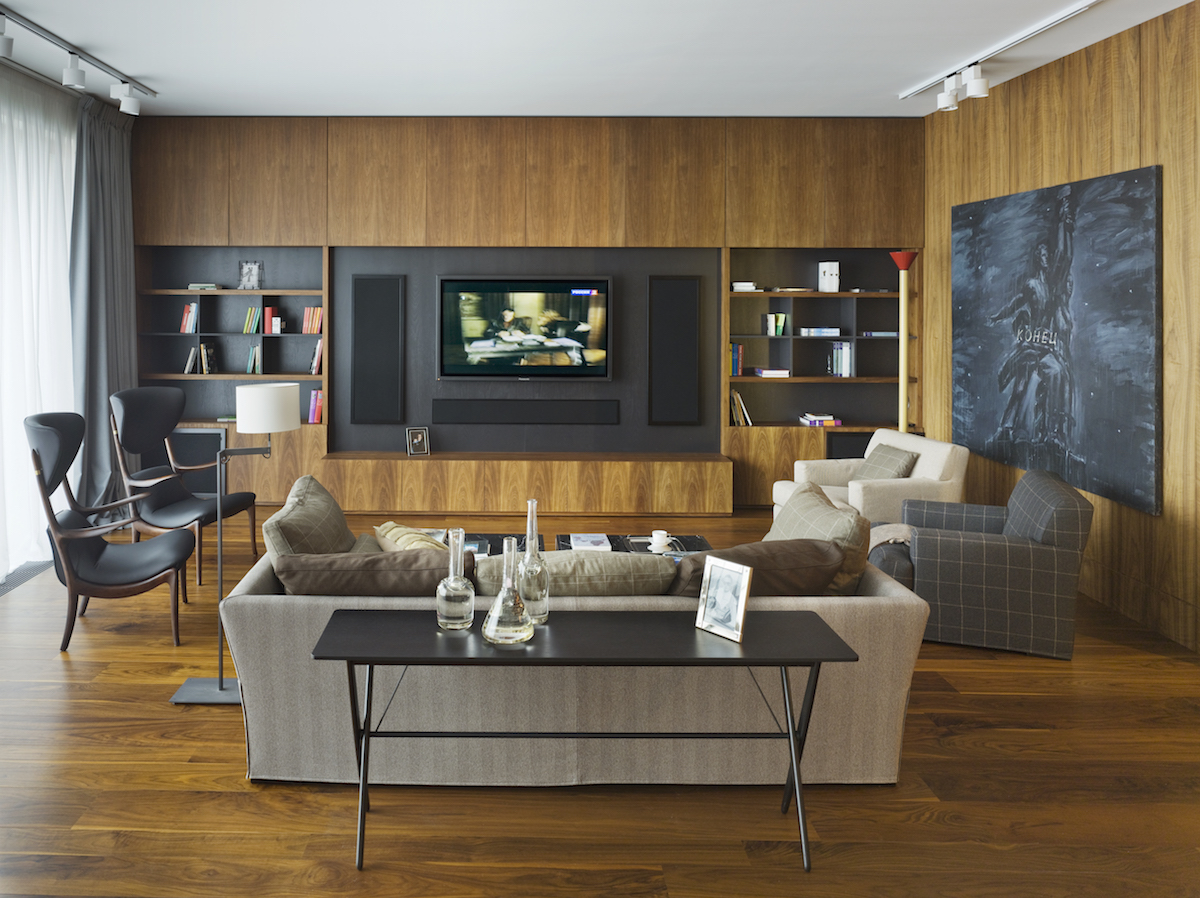
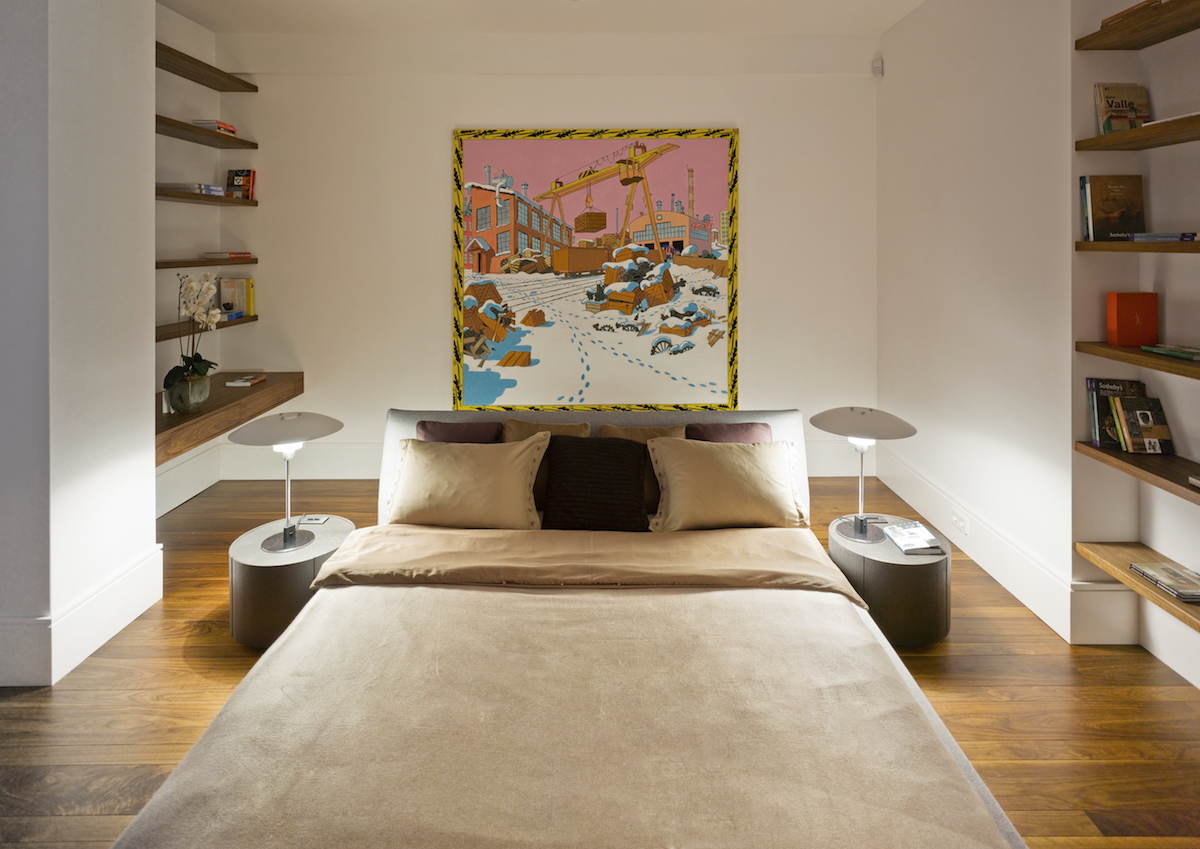
What were the first and the latest artworks you purchased?
The first works I bought back at the beginning of 90-s were Russian non-conformists as there was a time of their appearance on the market – Mikhail Roginsky, Vasiliy Sitnikov, Boris Sveshnikov, Vladimir Veisberg among others. One of the recent purchases are the work by ZIP Group that I bought in one of the most established Moscow galleries – XL gallery. The ZIP Group is Krasnodar-based artists, very talented and conceptual, they have their own Center for Contemporary Art ‘Typography’ that develop local art scene.
How many artworks do you own? Where do you display your collection?
My collection is much larger than the number of walls available; I never buy art just to fill the space. My collection is the story of my life. It is difficult to name the exact number, but the collection is constantly expanding, no longer being located entirely in any one place. In my Moscow apartment, there are works of Russian art spanning the time from the 1960s to the present day. Some works of international artists and younger adorn the walls of a country house.
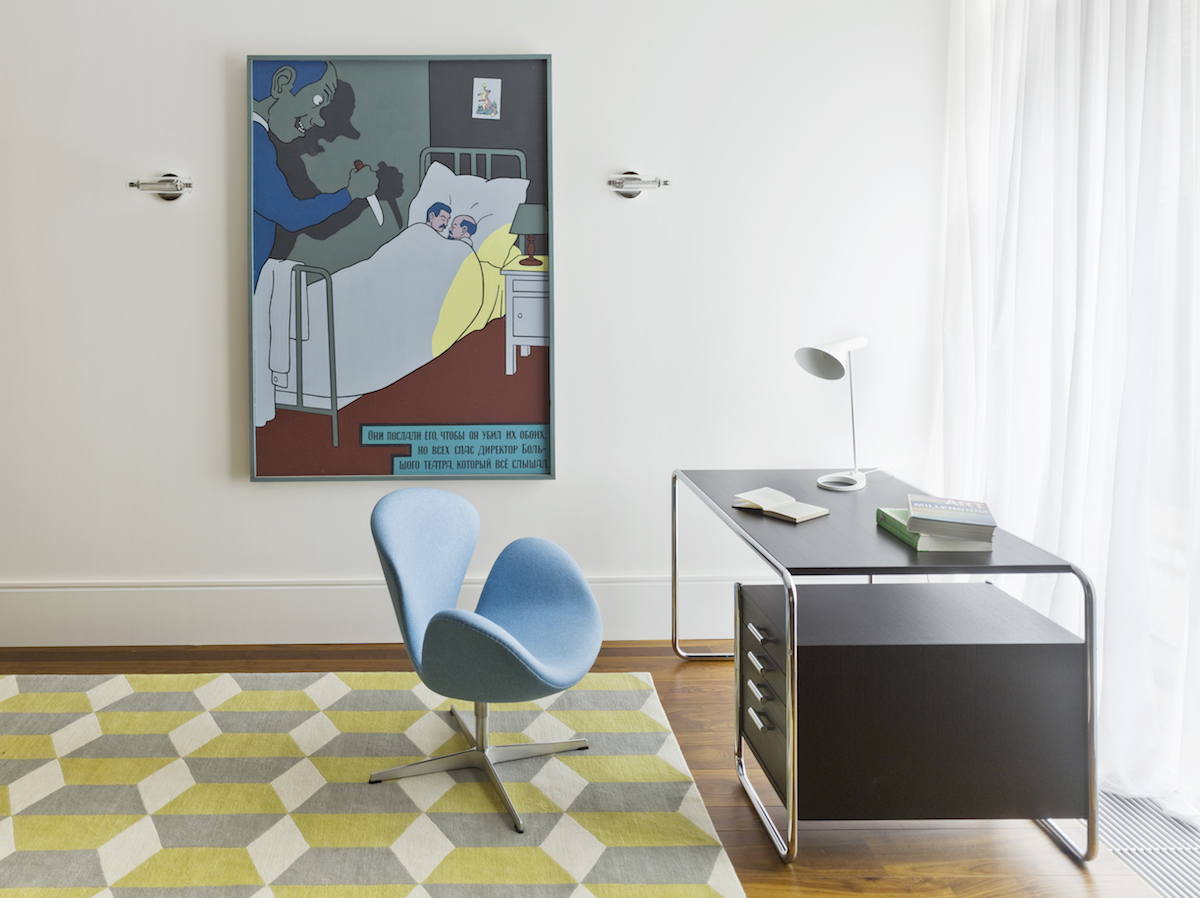
Have you presented your art collection publicly?
Works from my collection regularly take part in various exhibition projects. The most recent ones included “Collector’s Eye” exhibition (as part of Cosmoscow 2015 and 2016); “Personal Choice: works from private collections of contemporary art” exhibition at the Garage Museum of Contemporary Art (2014, “Stretched Woman No. 2″ by Evan Penny).
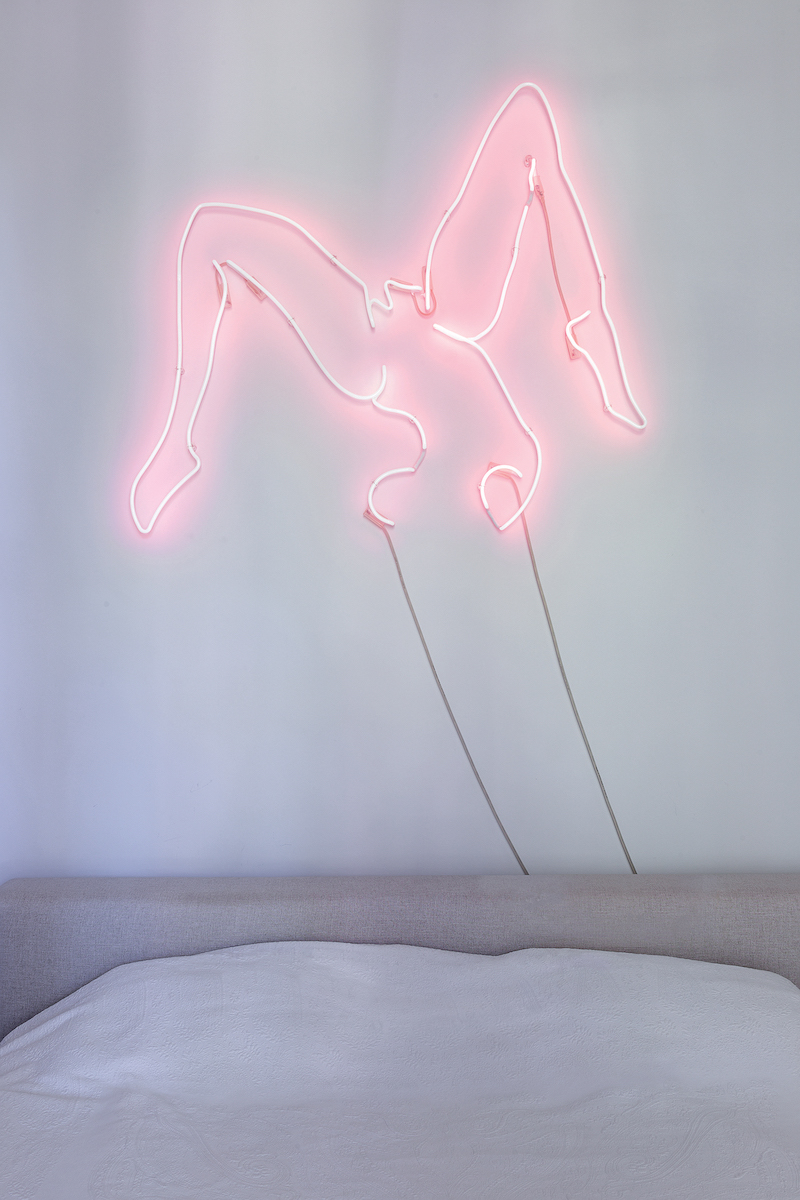
Is there any kind of artwork that can make you write a cheque without any consideration?
In certain cases, yes. There was a rare neon work by Tracey Emin that I have bought at the White Cube even before she represented UK at the Venice Biennale.
What is your most treasured artwork?
It is hard to select just one piece. For example, I own a work by Pavel Pepperstein from his “Russia City” series. It has a rich exhibition history – it was displayed at Tate Modern and the New Museum among other institutions.
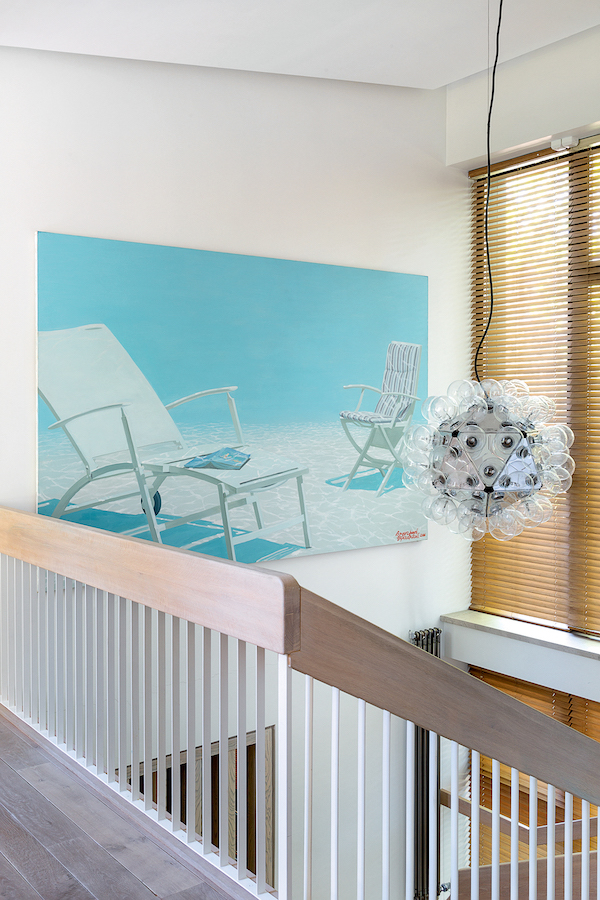
You once said, ‘Working with artists is the most exciting aspect of collecting for me,’ how do you work with artists?
For me, communication with the artists is very important. I think that every collector should remember that buying art and providing support to the artists in any other way is an important contribution to the future of our culture. In 2017, we’ve established the Cosmoscow Foundation for Contemporary Art. Its main objective is the systematic support of contemporary art in Russia, the promotion of young artists, and the development of arts philanthropy in Russia. The Foundation supports art prizes, delivers its own projects, and provides direct funding to support unique cultural initiatives. The Foundation also promotes artistic careers of selected artists by donating their works to major Russian museums. In 2017, works by Andrey Kuzkin were donated to the State Tretyakov Gallery, and in 2018, the collection of the Pushkin Museum of Fine Arts was enriched with video works by Taus Makhacheva.
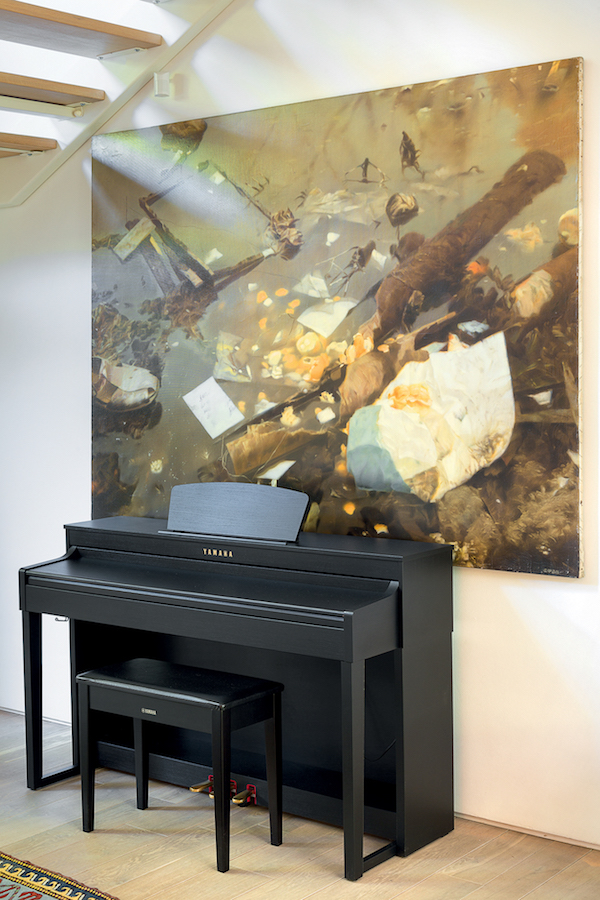
What is your advice to young and fresh collectors?
The main advice is to be open to new experiences and knowledge. You have to see as much art as possible – go to fairs, go to exhibitions, communicate with gallery owners, artists and experts, and buy the best of what your budget can afford following your heart.
What was your happiest moment during your art-collecting journey?
For me, the most enjoyable thing about collecting contemporary art is the fact that it is being made by our contemporaries, people who live among us. These are very interesting people with whom it is pleasant to communicate. Communication with them can give you a lot to think about, a chance to take a fresh look at yourself and the world around you. Communication is the most important thing in collecting contemporary art.
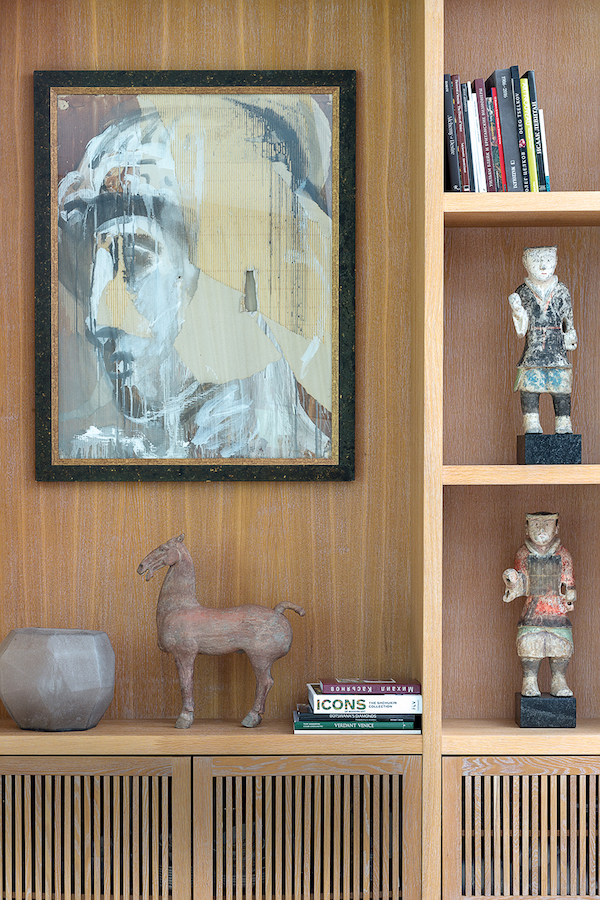
Cosmoscow and the Russian art market
What motivated you to establish art fair Cosmoscow?
The first edition of Cosmoscow took place in 2010. For years before that, I’ve been hearing from different members of the Russian art community saying that there was an urgent need for a platform to consolidate the market. It became the major idea behind Cosmoscow as a necessary infrastructural element. Right until this very moment, the project aims to bring together both Russian and international collectors, galleries and artists. After the first edition, we changed the concept significantly, found the new venue and date in the international art calendar, establish the Expert Committee and the Advisory Board, paid a lot of attention to our education programme, established Foundation and have the intense VIP programme. We try to stimulate other significant Moscow-based institutions to have interesting shows during our dates. We are diverse and change every year, and thanks to our efforts as well as our art community, we become more and more visible within local and international art scene.
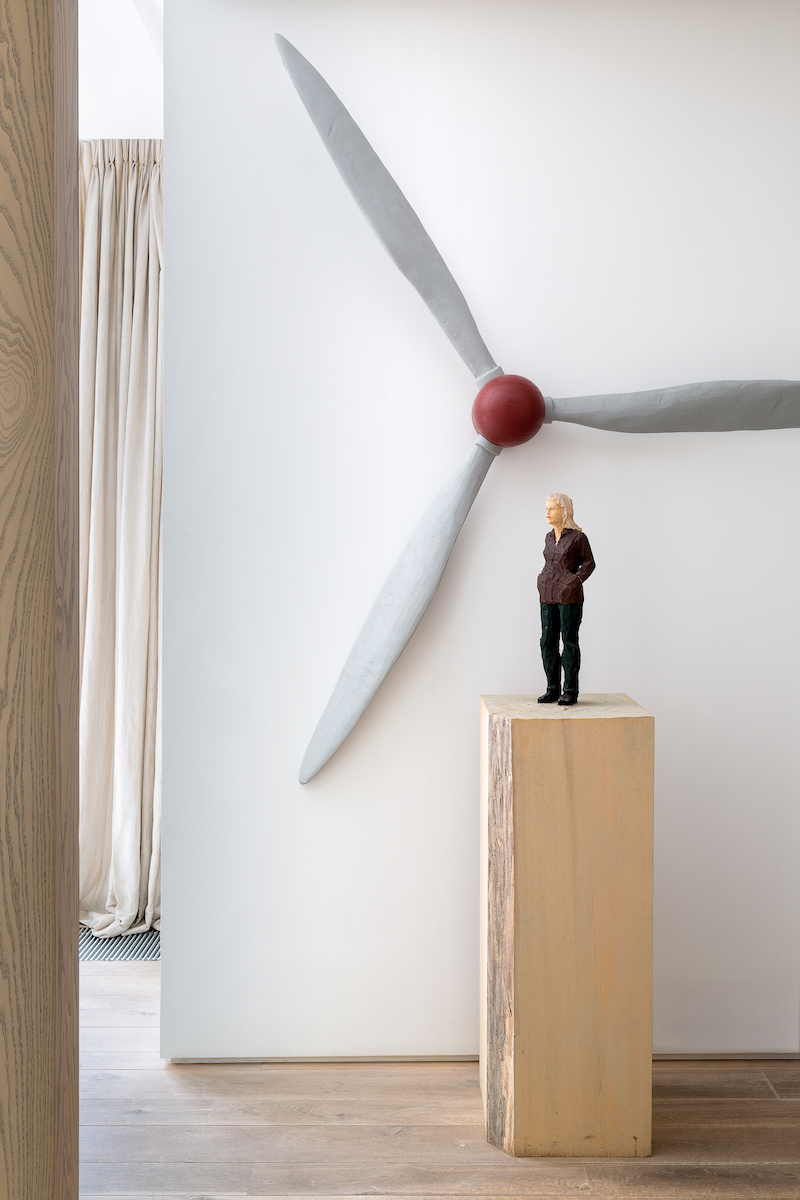
What is your vision for Cosmoscow in the upcoming five or ten years?
It would be great to become an established fair with its own recognizable features that collectors like to visit. We see ourselves as a quality art fair with a carefully curated programming, with 80-100 selected participants around the globe, where national and international scenes brought together, a certain point for the collectors, curators and journalists.
What is the most crucial factor for the success of an art fair in your opinion?
I judge the success of the project by how many like-minded people it can gather. Over the years, Cosmoscow has acquired a number of long-term partners who share our aspirations and belief that Russia’s contemporary art has enormous global potential. We are sponsored by Qatar Airways, Credit Suisse, Audi, Ruinart and many other important partners that share our goal. The number of our initiatives aimed at its fulfillment is growing year-to-year, with the help of the Cosmoscow Foundation established in 2017.
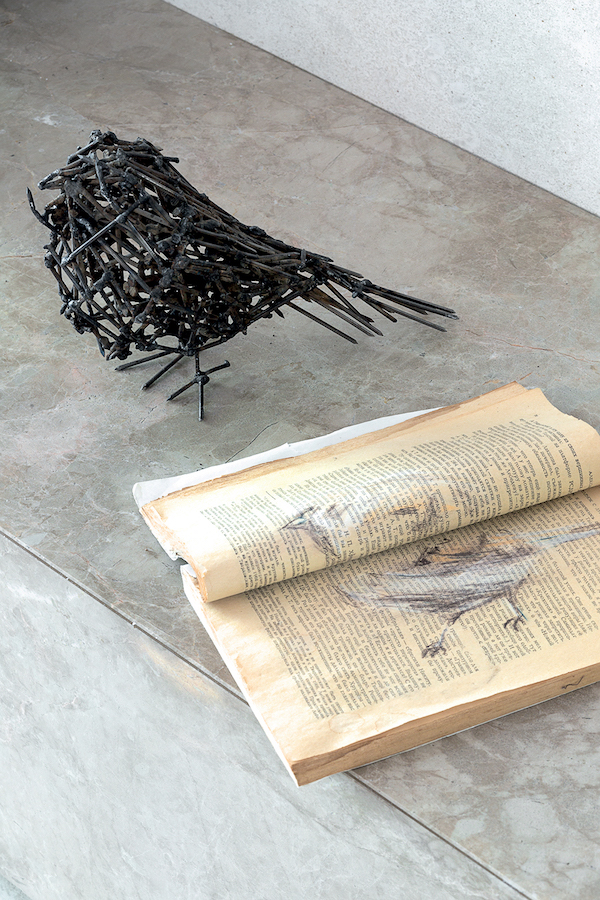
How is the Russian art market nowadays? What are the challenges and opportunities?The Russian art market is still relatively young and largely depends on external economic circumstances. Last year, 90% of Cosmoscow participating galleries raised around 1,300,000€. This figure demonstrates an increase of 6,7% as compared to 2017. The project is developing, the international component is growing. Of course, certain economical and political aspects cannot help affecting us; the situation forces us to be flexible, but rather consistent. Cosmoscow has a plan for the gradual development – we cannot immediately turn into Art Basel or FIAC. Last year, for example, we had more galleries than ever before – 66 galleries from around the world presented works by 239 artists in 7 curator sections. A good indicator of the market is the emergence of new galleries. The number of visitors is also growing. In 2018, the 6thCosmoscow fair was attended by 19,000 people in 4 days. People start to buy art more consciously. I strongly believe that the Russian market for contemporary art has huge potential.
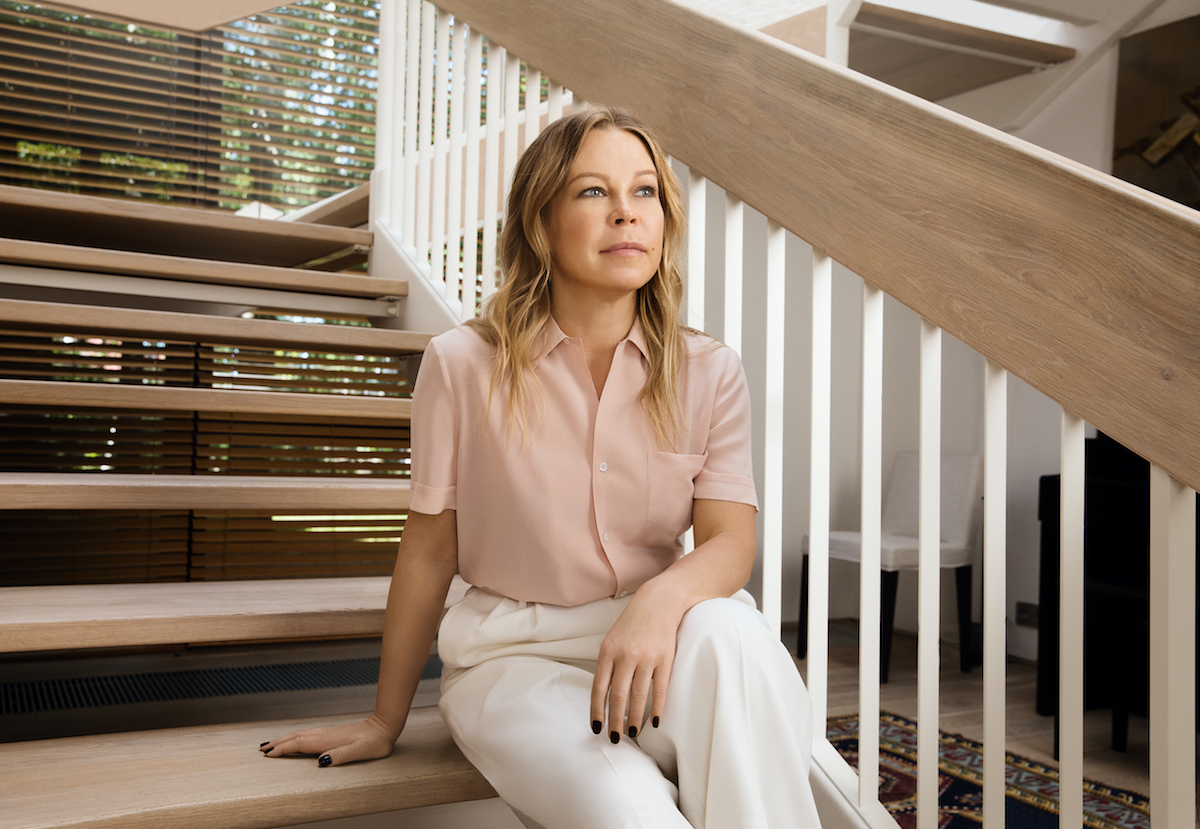
Related: Cosmoscow
Instagram: @margaritapush
A selection of artists Margarita collects:
Evan Penny
Pavel Pepperstein
Tracey Emin
Victor Pivovarov
Yuri Shabelnikov





